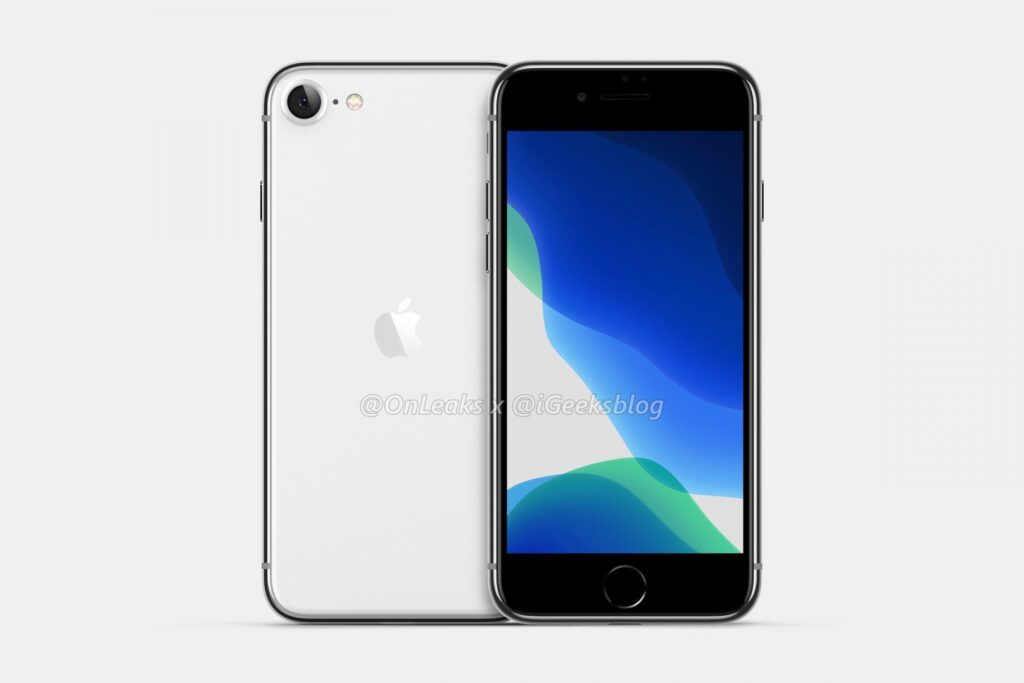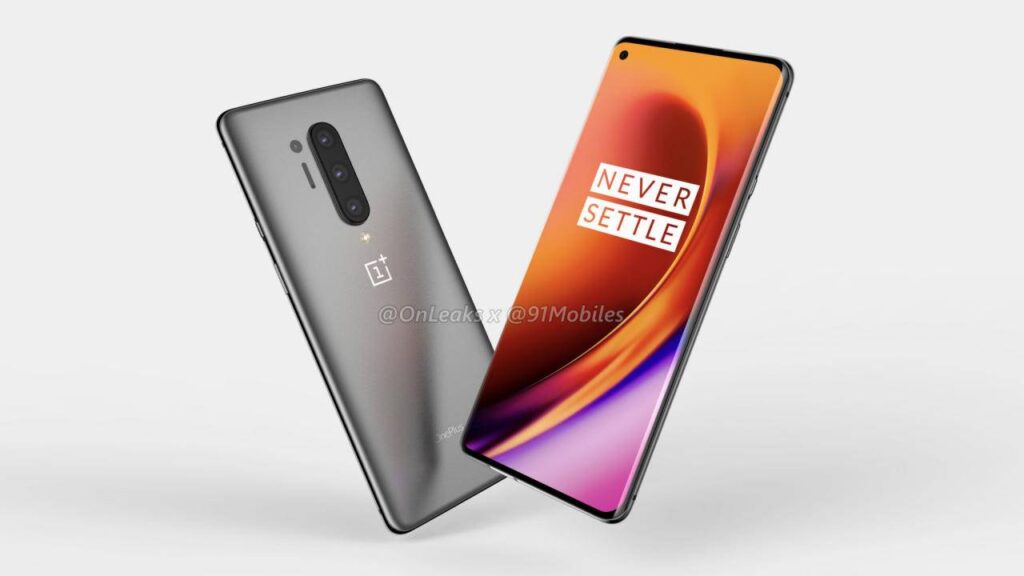Table of Contents
About The: History of Computer, and the generation of computers, you’ll learn today the evolution of computers, history of computer pdf, so Read this full article carefully.
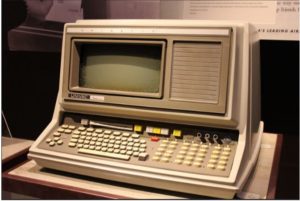
History of Computer | Generation of Computers
Hi, This article is all about the history of computer, so I hope you are in the right place?
You may have seen that some computers are based on very basic or old architecture, some works/Processes faster and some slower, these are the types (or Generations of Computer) whose technological development trends in the past and the projection for the future. Humans have developed and made progress with time.
Here in this article we will look into the history of computers and look into the various architecture and intellectual breakthroughs.
Development of Computer Begins
The very first attempt towards automatic computing was made by Blaise Pascal. He was a French scientist born on 19th June 1623. At the age of 16, he worked as a pioneer on calculating machine, after his 3 years of hard work and 50 prototypes he finally constructed an automated calculating machine called Pascaline. Pascaline was capable to perform two basic arithmetic operation which was addition and subtraction repeatedly.
Later many scientists made many attempts towards automated computing and Charles Babbage was one of them who later become the father of the computer.
He designed Two classes of Engine for automated calculation:-
- The Difference Engine –
This computer was based on the mathematical principles of finite sequences in which a large numerical problem was solved using formula but it can only perform the additional operation.
- The Analytical Engine by Babbage-
It is a general-purpose computing device, basically a calculator. It was used to perform arithmetical operations automatically. These arithmetic operations consist of addition, subtraction, multiplication, and division.
Before coming to the main point first have a look at Harvard Mark – 1 and the Bug, How the Bug is related to computer programming?
Harvard Mark – 1 was an electromechanical computer jointly initialized by Harvard University and US navy and sponsored by IBM. It was a decimal machine that works on decimal numbers(digits). While experimenting on the certain programs on Harvard Mark – 1 and it did not work and get short-circuited just because of moth or bug. Hence, errors in programming are called a bug and removing bug is called debugging. Now, Let’s come to the main heading but the previous things are not waste as these things have been asked in many entrance exams also it will help you to understand the history of the computer. So don’t ignore it and keep revising.
You may be wondering about What are the Generations of Computer?, History of Computer?
So here it is,
- First Generation Computer(1946-56)
- Second Generation Computer(1956-63)
- Third Generation Computer(1964-1971)
- Fourth Generation Computer(1971-present)
- Fifth Generation Computer(present-future)
1) First Generation Computer (1946-56)
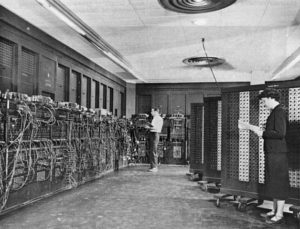
First Generation Computer or formally known as vacuum tube computers were the computer made by J. Presper Eckert and John V. Mauchly. It was used to calculate, store and control. It was bulky in size which requires almost a medium-sized room for installation. Since it contains a large amount of electronic filament, therefore, it emits a huge amount of heat energy and hence air conditioners are required to keep it cool for the proper working of the computer.
Following are the Key features of First Generation Computer-
- It is based on Vacuum Tube Technology.
- It requires a large space (almost a room) for installation.
- As it contains large electronic filaments, therefore, it emits a huge amount of heat energy. Hence air conditioners are must required to cool it down.
- The programming language used in this Generation Computer is machine Level Language (MLL).
- Since it contains numbers of glass tubes and filaments, it makes it much more costly.
- The first computer-based on Vacuum Tube Technology is ENIAC (Electronic Numerical Integrated and Computer)
2) Second Generation Computer (1956-63)
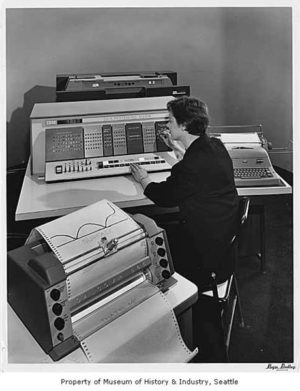
The second-generation computers are the computer whose architecture is based on transistors and diodes. The transistor is an electronic device that amplifies the strength of computer signals. This transistor-based computer replaced bulky vacuum tube-based computers.
Following are the Key features of Second Generation Computer-
- The architecture of the Second Generation Computer was based on transistors.
- The language used for programming was assembly language like (FORTRAN, COBOL).
- These computers are smaller in size, cheaper, and faster than first-generation computers.
- The storage unit of this generation computer was consist of Magnetic Cores (Primary Memory) and Magnetic Tape or Magnetic Disks ( Secondary Memory ).
- ENIVAC 1108, IBM 1620 is the example of Second Generation Computer.
3) Third Generation Computer (1964-71)
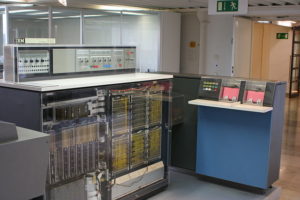
Third Generation Computers are the computer whose architecture was based on Integrated Circuits (ICs). IC is a silicon chip that contains transistors, resistors, and capacitors linked on the integrated circuit. The integration of transistors, capacitors, and resistors on a single chip in integrated circuit ranges from small scale integration to medium-scale integration.
Key Features of the Third Generation Computer
- Its architecture was based on Integrated Circuit (ICs) with small scale integration.
- The inventor of the IC is Jack Kilby.
- Third Generation Computers are smaller in size, more compatible and lesser maintenance.
- The language used for programming was High-Level Language ( PASCAL, BASIC, ALGOL, etc )
- IBM- 360,370, Honeywell – 6000 series are the examples of The Third Generation Computer.
4) Fourth Generation Computer (1971-present)
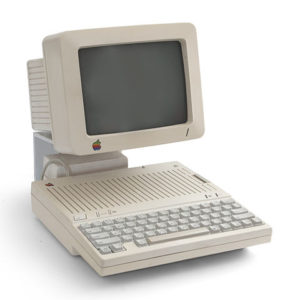
The fourth-generation computer is also based on ICs but the technology used in it was Very Large Scale Integration (VLSI). Hence these computers are also known as microprocessors. A microprocessor can perform arithmetic, logical and control functions on just a single chip because these microprocessors are also capable in large data processing. Because of its efficiency, it has used in different areas such as multitasking, multiprogramming, time-sharing, and vertical storage, etc.
You can also find this post on facebook: History of Computer | Generation of Computers -2020
Following are Key features of the Fourth Generation Computer
- Its architecture is based on the IC whose technology very large scale integration (VLSI).
- These computers are more powerful, efficient and reliable than third-generation computers.
- It possesses features of time-sharing, multiprogramming, multi-tasking, and distributed Operating System.
- The language used for programming was High-Level Language (like C, C++).
- STAR 1000, CRAY-1, Apple-II are examples of the fourth-generation computer.
5) Fifth Generation Computer

The fifth-generation computers are computer-based on Artificial Intelligence, but not completely flourished instead is under development. The time period of Fifth Generation Computer starts from 1980-present date. Its architecture is also based on an integrated circuit with Ultra Large Scale Integration technology. The most common field of fifth-generation computers is the neural networks because of artificial intelligence. LISP and Prolog are the two major languages used for artificial intelligence that have the ability to learn human behavior but not completely.
The Key features of Fifth Generation Computer are
- Its architecture is based on Artificial Intelligence (AI) with Ultra Large Scale Integration.
- First-generation computers are the smallest, fastest and more reliable than all computers ever made.
- The language used in it is high-level language (like Prolog and LISP).
- An intelligent system that controls the missile system, voice recognition, and facial recognition, etc. Are examples of AI.
Conclusion
Finally, I hope you got information about The, History of Computer | Generations of Computer -2020. Thank you for reading this article till the end.
|
Learn More |
|
The iPhone 9 Launch Confirmed on April 5th or 15th With IOS 13.4.5
|
